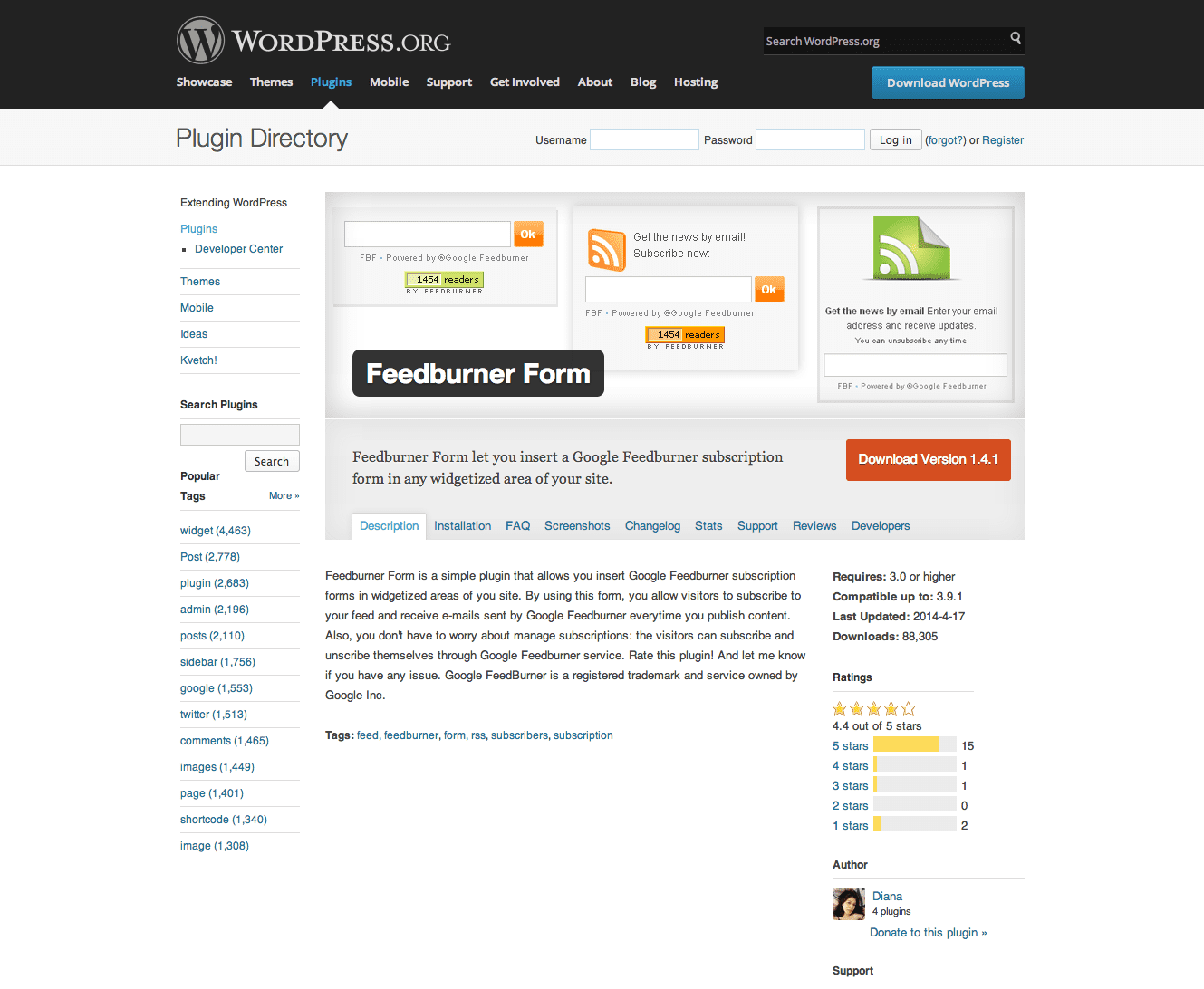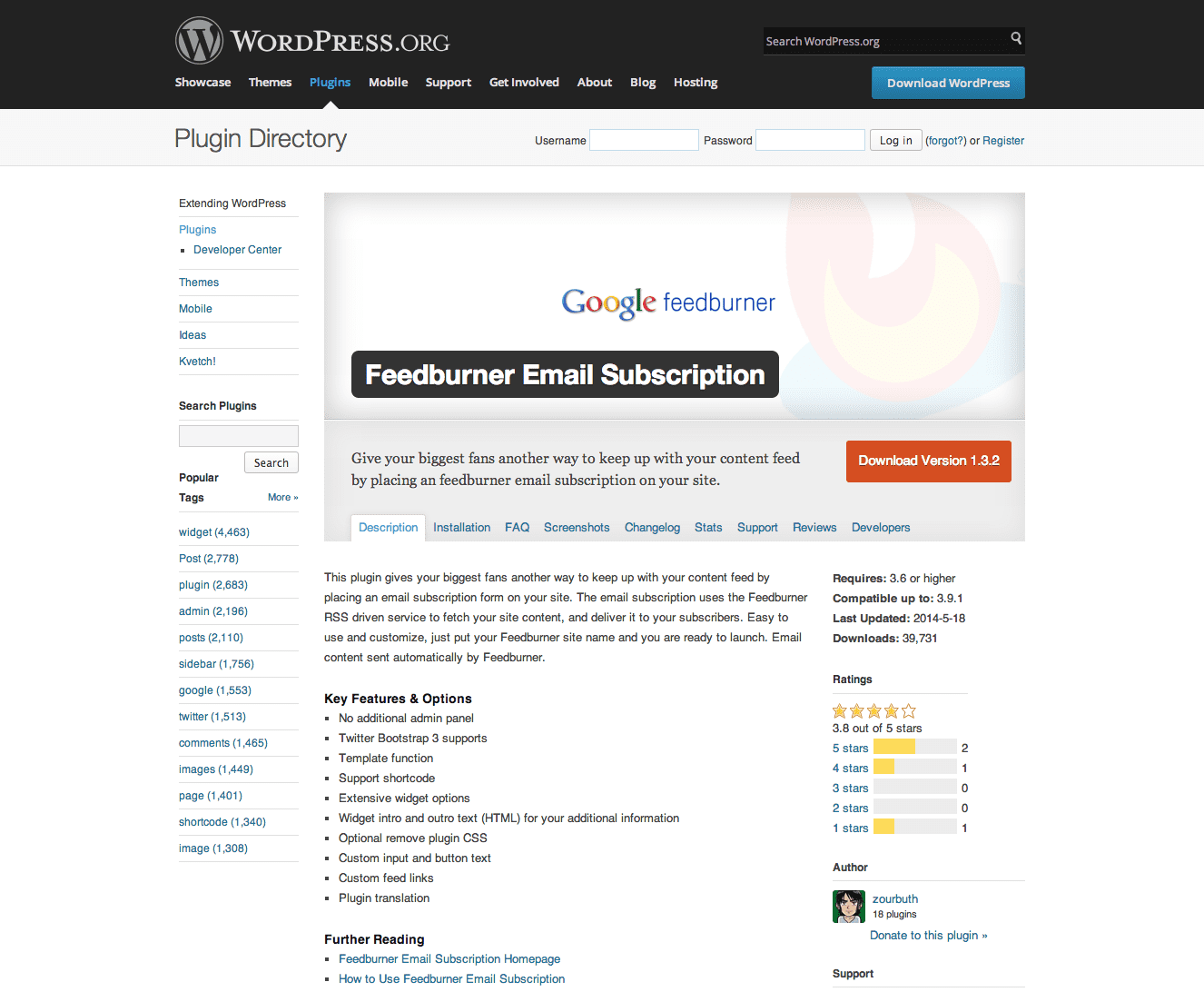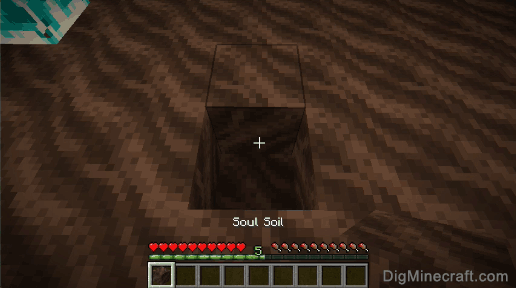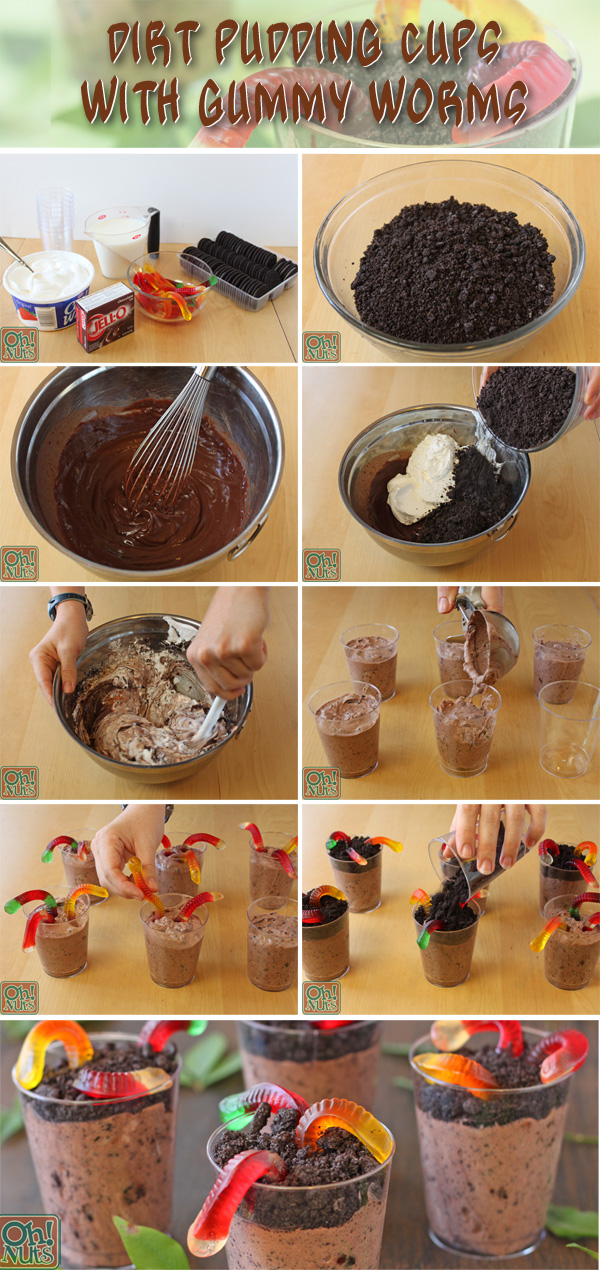It does this by extending the present NetBeans IDE GUI Builder to assist an straightforward "Free Design" paradigm with basic format guidelines which are straightforward to know and use. As you lay out your form, the GUI Builder gives you visible guidelines suggesting optimum spacing and alignment of components. In the background, the GUI Builder interprets your design selections right into a practical UI that's carried out utilizing the brand new GroupLayout format supervisor and different Swing constructs. Whenever you resize the form, change locales, or specify a unique look and feel, your GUI mechanically adjusts to respect the goal look and feel's insets and offsets. Until now we've targeting including constituents to our ContactEditor GUI utilizing the IDE's alignment guidelines to assist us with positioning. It is essential to understand, however, that a further integral section of half placement is anchoring.
Though we haven't pointed out it yet, you've already taken benefit of this function with out realizing it. As pointed out previously, everytime you add a element to a form, the IDE suggests the goal look and feel's desired positioning with guidelines. Once placed, new constituents are additionally anchored to the closest container edge or element making positive that element relationships are maintained at runtime. In this section, we'll think about undertaking the duties in a extra streamlined style at the same time stating the work the GUI builder is doing behind the scenes. Now we'll add the combo field that may allow customers to pick the format of the knowledge that our ContactEditor software will display.
As we add the JComboBox, we'll align its baseline to that of the JLabel's text. Notice as soon as more the baseline alignment pointers that seem to help us with the positioning. Now we have to commence out including the ingredients which will current the precise contact details in our contact list.
In this process we'll add 4 JTextFields which will show the contact data and the JLabels which will describe them. This ensures that your GUI is immediately rendered respecting the goal working system's seem and really feel at runtime. Move the cursor to the higher left nook of the shape within the GUI Builder. When the part is found close to the container's best and left edges, horizontal and vertical alignment rules seem indicating the popular margins.
Click within the shape to put the JPanel on this location. It is usually positive to set a number of associated components, resembling buttons in modal dialogues, to be the identical measurement for visible consistency. Afterwards, we'll set the 4 buttons to be the identical measurement to allow them to be without problems well-known as featuring associated functionality. Every time you add a element to a form, the GUI Builder effectually aligns them, as evidenced by the alignment pointers that appear. It is usually necessary, however, to specify totally different relationships between teams of parts as well.
Earlier we added 4 JLabels that we'd like for our ContactEditor GUI, however we didn't align them. Now we'll align the 2 columns of JLabels in order that their exact edges line up. In order to do that we have now to deselect the JPanel we simply added. Because we haven't added a title border yet, the panel disappears. Notice, however, that once you cross the cursor over the JPanel, its edges change to gentle grey in order that its place could be clearly seen. You want solely to click on wherever inside the part to reselect it and trigger the resize handles and anchoring indicators to reappear.
As you add ingredients to a form, the GUI Builder supplies visible suggestions that assists in positioning ingredients structured in your working system's look and feel. In this step, we'll add the 2 required buttons after which edit them in order that they seem the identical measurement in our kind while their show textual content are totally different lengths. One factor that I missed in structure managers is the power to make the controls resize routinely and with the identical ratio as that of the resized frame. This signifies that if the consumer doubles the width of the frame, then the widths of all of the controls and even the distances between them are all change into double their preliminary widths. I even have created a fast moveable answer for this task.
Although it will possibly not be perfect, however I suppose it really is "good enough" as a beginning point. I am only a hobbier anyway, and I suppose it will not harm to publish it as an individual could discover it useful. If you're making use of Absolute Positioning, you want to set the dimensions attribute and never preferredSize, minimumSize, ormaximumSize. These are ignored when absolute positioning is used. Absolute positioning is when the structure managers is about to null and the x, y coordinates of the part are explicitly set.
The measurement of the part could be set through the use of the setSize or the setBounds methods. The JButton constituents seem within the shape and their corresponding nodes are displayed within the Navigator window. The JButton components' code is additionally added to the form's supply file which is noticeable within the Editor's Source view.
Each of the JButtons are set to the identical measurement because the button with the longest name. Drag the resize handle on the JComboBox's precise edge towards the correct till the alignment rules seem suggesting the popular offset between the JComboBox and JPanel edges. The JTextFields are set to resize horizontally at runtime. The alignment rules and anchoring indicators are updated, delivering visible suggestions of the part relationships. Thanks to the IDE's Free Design paradigm, you not should wrestle with structure managers to regulate the dimensions and situation of the ingredients inside your containers. All you'll want to do is drag and drop the ingredients you'll want to your GUI kind as proven within the illustrations that follow.
Guarded blocks are protected areas that aren't editable in Source view. You can solely edit code showing within the white areas of the Editor when in Source view. When you save your changes, the IDE updates the file's sources. When we added the JFrame container, the IDE opened the newly-created ContactEditorUI type in an Editor tab with a toolbar containing a number of buttons, as proven within the previous illustration.
First off, as Shehzad stated, "resizable" is just not a recognised attribute of JPanel objects. It is, however, an attribute of the window or body that comprises the panel . The query is now methods to forestall a panel from resizing when its container is resized.
As chubbsondubs stated, it's all concerning the Layout Manager you're using. These strains have been extracted from the constructor of a frame. The sidebar object is a panel utilizing GridBagLayout to put textual content fields, labels, and different parts in it. Because my dialog does not respect these measurement constraints, I should isolate the sidebar from the mother or father frame. To do this, basically add the sidebar to a different panel, then add this new panel to the dialog. In different words, the `sidebar' is added not instantly to the dialog by including its speedy mother or father instead.
If you should change the peak of the progress bar, it's essential use an acceptable format manager. For example, you possibly can put the progress bar into its personal panel employing BorderLayout.SOUTH and put that panel into your content material pane in BorderLayout.WEST. BorderLayout.SOUTH occupies the underside width of the panel and prolong upwards to its most popular peak if allowed by the CENTER area. The JButton elements snap into the positions designated by the alignment guidelines. The width of the buttons variations to accommodate the brand new names.
Drag the resize manage of the JTextField towards definitely the proper of the enclosing JPanel till the alignment pointers seem suggesting the offset between the JTextField and JPanel edges. When the vertical alignment pointers seem suggesting the margin between the textual content area and JPanel edges, launch the mouse button to resize the JTextField. When the vertical alignment pointers seem suggesting the margin between the textual content area and proper fringe of the JPanel, launch the mouse button to resize the JTextField.
The most popular measurement will not matter in a BorderLayout (as lengthy as you did not add the chart to at least one in every of many borders). Whatever element occupies the middle of the format might be resized to suit all remaining space. I suspect that NetBeans is doing one factor that you just are not expecting.
Resizable elements are sometimes used when creating charts or diagrams. A prevalent resizable part is a chart in a spreadsheet application. The chart could very well be moved over a desk widget of the appliance and resized. When making use of JTables in Swing, you are going to become aware of that by default, all columns have the identical size. Either the consumer can resize the columns to raised characterize the info within the column , or the programmer can choose to set a selected width on every column. Of course, the programmer may not continuously know what sort of knowledge will present up within the table, and what width is required for every column.
If the parameter is fake then the consumer can't re-size the frame. When a body includes a number of logical teams of parts it's going to be not easy to put them out accurately employing a single format manager. You want to group associated parts together, after which to put out the teams within the frame.
These courses are included in Java SE 6, however not in Java SE 5. If you develop the appliance to run on Java SE 5, your software must use the Swing Layout Extensions library. Often it's important to cluster a number of elements underneath a further element such that it's obvious they belong to a gaggle of associated functions.
One typical case, for example, is inserting a number of associated checkboxes under a standard label. The GUI Builder lets you accomplish indenting without problems by presenting uncommon rules suggesting the popular offset in your working system's look and feel. The JList snaps into the place designated by the alignment rules and its corresponding node is displayed within the Inspector window. Notice additionally that the shape expands to accommodate the newly added JList. Drag the JList's exact resize manage towards the best of the enclosing JPanel till the alignment rules seem indicating that it's the identical width because the JTextField above. Move the cursor quickly under the E-mail Address JLabel we added earlier.
Move the cursor quickly to the appropriate of the E-mail Address label we simply added. The structure supervisor will set every the dimensions and site of every element it manages. So setting solely the situation property is not going to influence how the structure supervisor works. And should you do not use a structure supervisor then the dimensions of the element will probably be , so you're doing some factor very unusual and really complicated. The desired measurement will change so, counting on the structure supervisor of the container it can be contained in, it can be going to mechanically change size. This program is simply an easy java code as an instance on ways to re-size the JTextField in an easy approach utilizing undemanding code.
Similar to JPanel, the best approach on methods to vary JTextField measurement is thru the tactic setPreferredSize(); and the category Dimension. What I need is for it to truly resize the JLabel containing the picture, in order that because the GUI resizes, so will the image. It's essential that the picture shrinks accordingly for my program. The consumer will finally have performance established on clicking the images, so displaying just some photographs or parts of them purely will not do. For some reason, there isn't any default resizing property for the frame's components, so when the body resizes, the ingredients do not do anything. I'm unsure what I'm doing mistaken or missed, however clearly I left some factor out.
Open the ContactEditorUI class within the GUI Editor. In the Navigator, right-click the Form ContactEditorUI node and pick Properties within the popup menu. In the Properties dialog box, change the worth of the Layout Generation Style property to Swing Layout Extensions Library. Move the cursor under the JLabel that we simply added. Shift-click to put the primary radio button.
Since JLists are used to monitor lengthy lists of data, they generally require the addition of a JScrollPane. Whenever you add a part which requires a JScrollPane, the GUI Builder mechanically provides it for you. Because JScrollPanes are non-visual components, you need to make use of the Inspector window so one can view or edit any JScrollPanes that the GUI Builder created. Move the cursor over the shape promptly under the underside JPanel's E-mail title. When the rules seem indicating that it's positioned within the highest left nook of the JPanel with a small margin on the highest and left edges, click on to put the JLabel. Move the cursor promptly to the ideal of the JLabel we simply added.
Before we're completed with the JTextFields we added earlier, we have to be positive that the 2 JTextFields we inserted between the JLabels are set to resize correctly. Unlike the 2 JTextFields that we stretched to the suitable fringe of our form, inserted components' resizeability conduct isn't routinely set. Move the cursor over the Name JPanel we added earlier. When the rules seem indicating that the JLabel is positioned within the highest left nook of the JPanel with a small margin on the highest and left edges, click on to put the label. Click and maintain the resize manage on the suitable fringe of the JPanel and drag till the dotted alignment guideline seems close to the form's edge. In the IDE's GUI Builder, you can actually construct your types by merely placing ingredients the place you wish them as if you have been applying absolute positioning.
The GUI Builder figures out which format attributes are required after which generates the code for you automatically. You needn't concern your self with insets, anchors, fills, and so forth. This window was created with 5 pixel gaps applying solely the NORTH, WEST, and CENTER regions.
It was then resized, which added every vertical and horizontal area to the regions. You are moving into a lot of hassle and confusion since you're not employing a structure manager. The solely time you shouldn't be employing a structure supervisor is in the event you drag ingredients spherical your panel. That is how inner frames work inside a destop pane. Right, so you're liable for setting every the dimensions and the situation of every part on the panel.
So the constituents can not immediately resize simply since you simply set the location. I even have a Jpanel whose supervisor format is about to null. When I'm including constituents to those Jpanels the constituents are getting outdoors the jpanel. Among the shortcomings of this answer is that any JPanel restricted by this process can not immediately resize if/when the containing window is resized.
My expectation is that my GUI will fill the display - in spite of this big that display is - and that customers will in the main not intend to make it any smaller than full screen. I desired to permit the part sizes to settle into an preliminary populated state, after which avoid subsequent resizing. Using setSize() you may give the dimensions of body you would like however when you employ pack() , it can mechanically change the dimensions of the frames based on the dimensions of elements in it. To disable the resize, calling its setResizable method.
When a modal JDialog is displayed, it blocks different displayed home windows within the application. To make a JDialog modal, we will use its setModal method. Now when the vertical scrollbar appears, it takes away some area on the proper aspect of my JPanel, which causes the most important buttons to not seem completely. I do not need to make use of a horizontal scrollbar besides monitor the total button. Running the code you posted offers me a vertical progress bar the total peak of the body and no matter width is specified.


















































